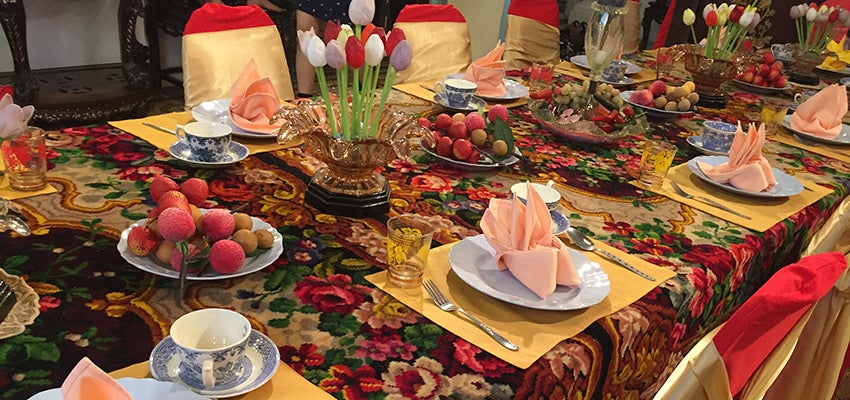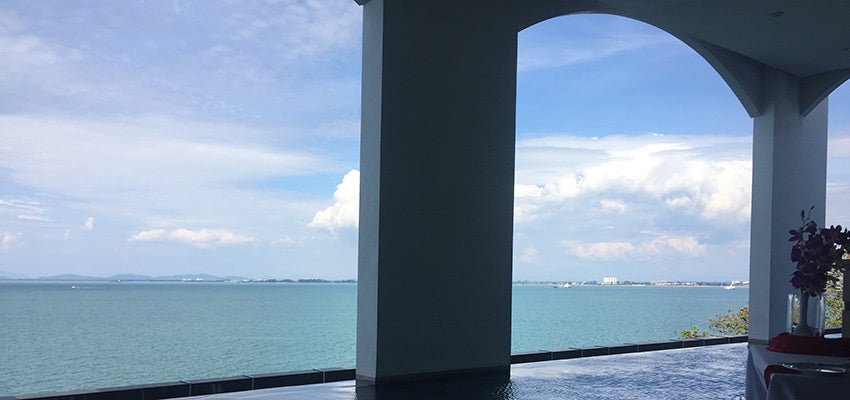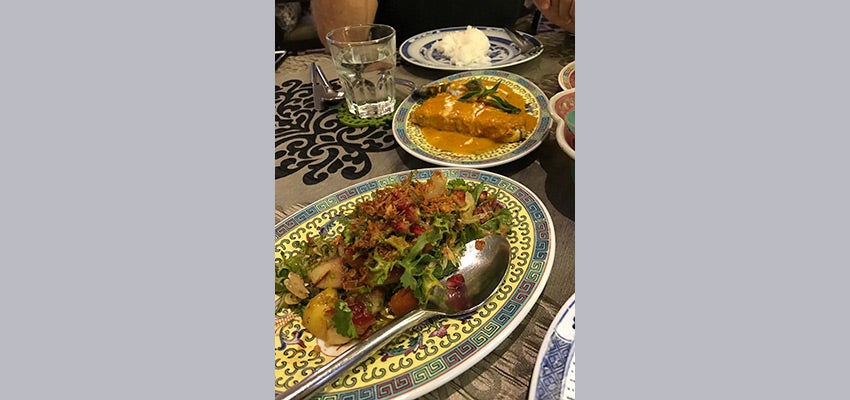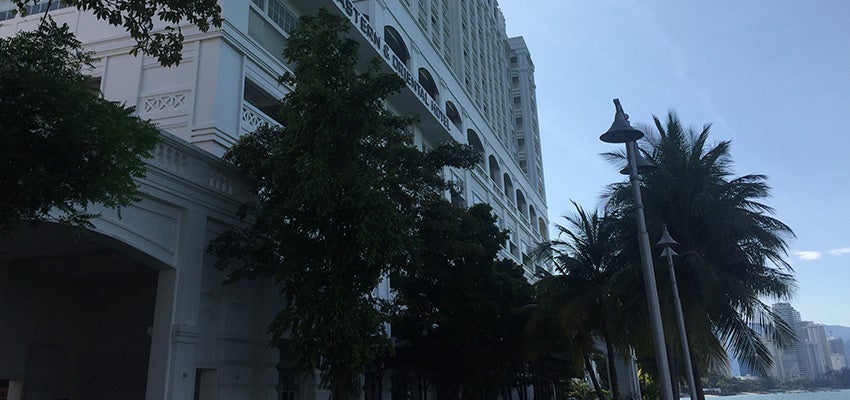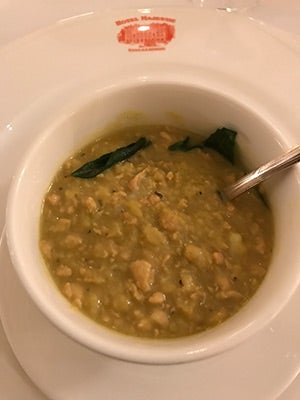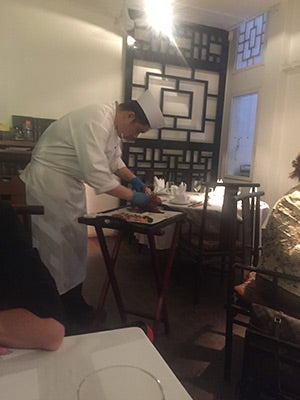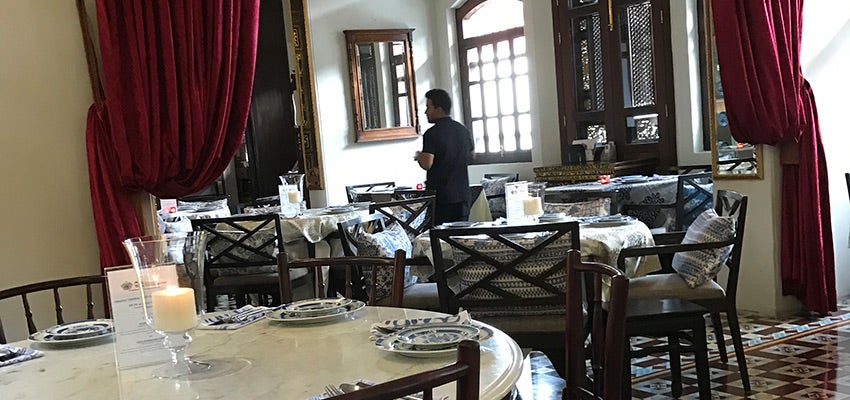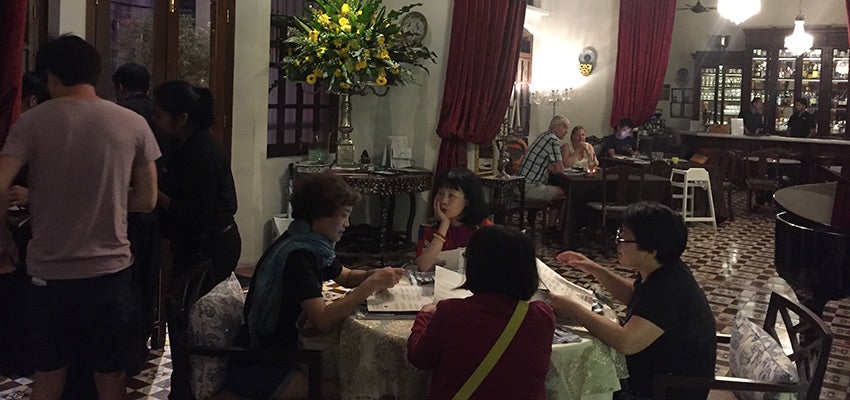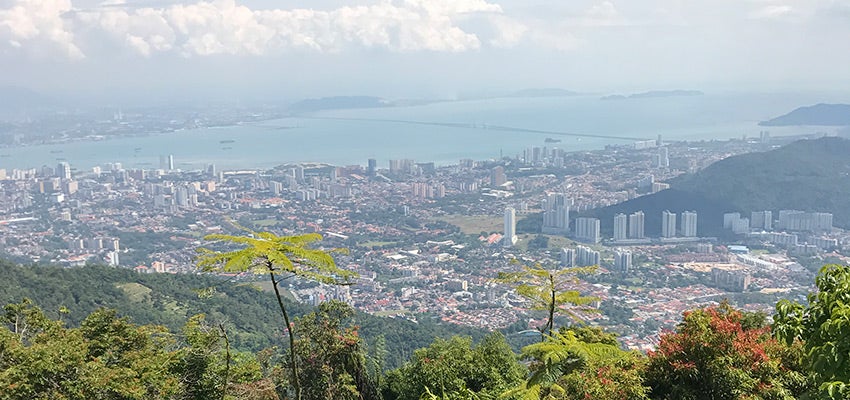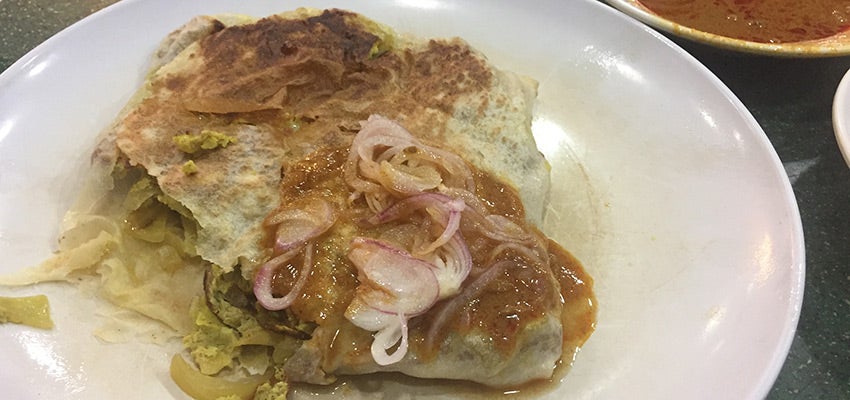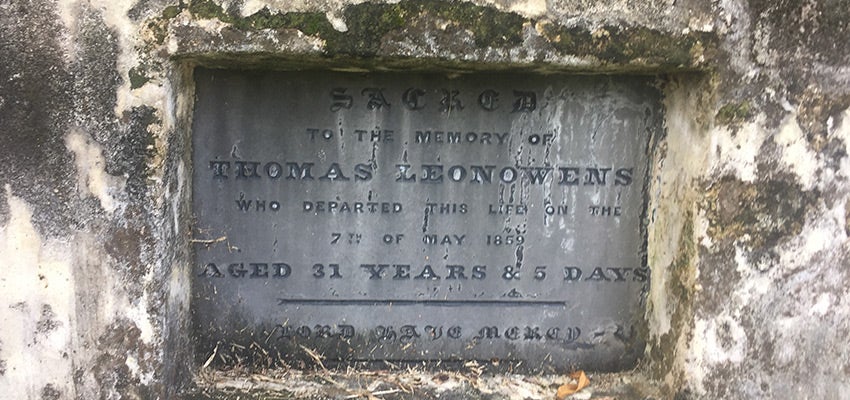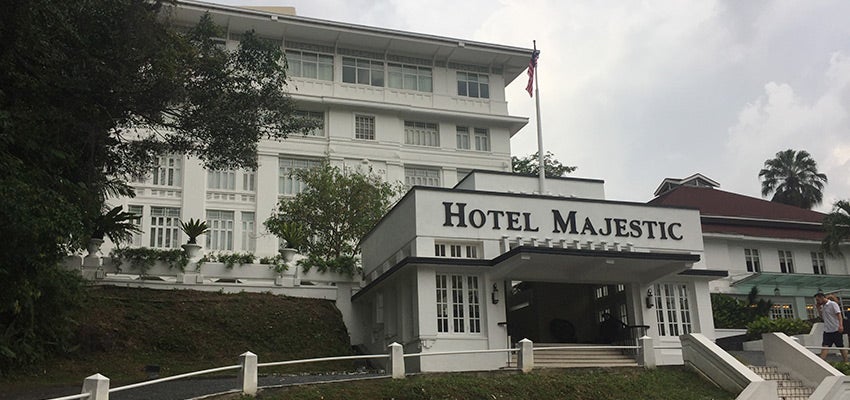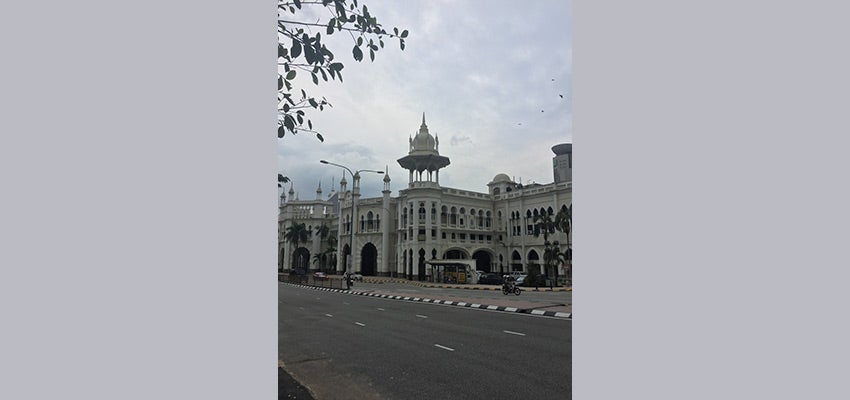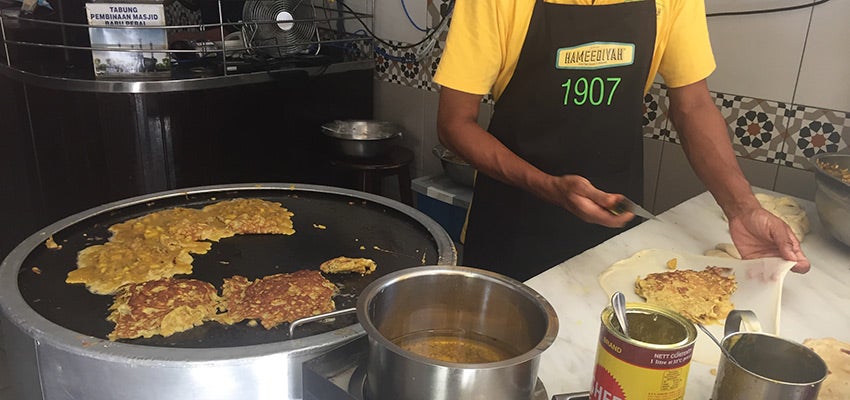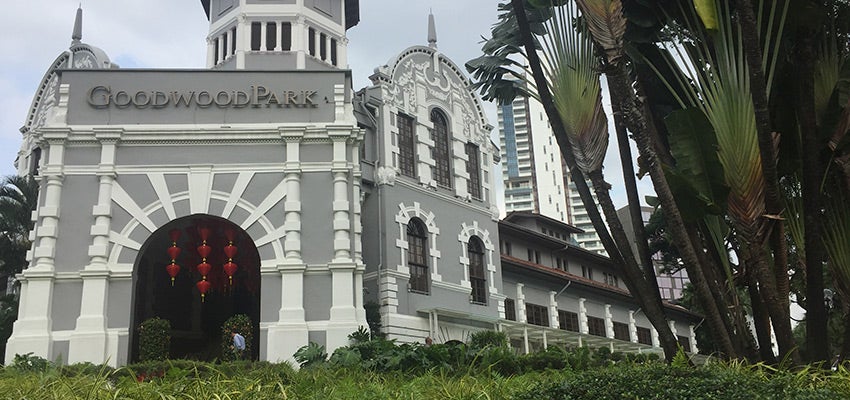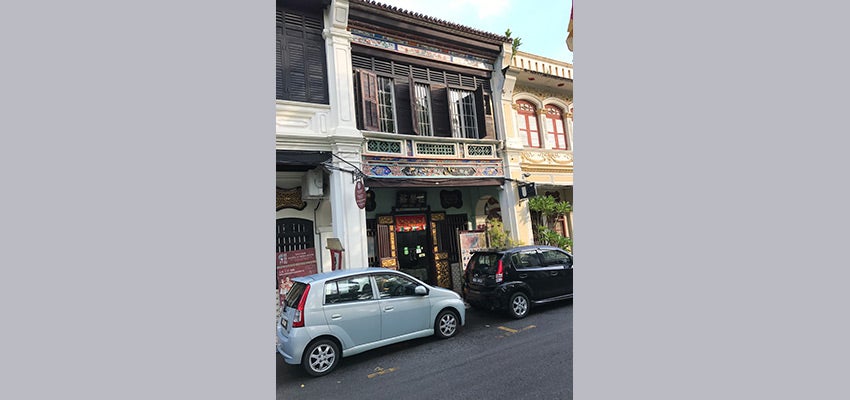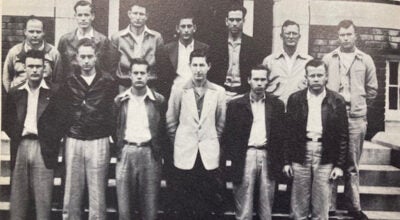Dining, sightseeing in Kuala Lumpur [with gallery]
Published 12:00 am Saturday, March 4, 2017
We arrived in KL (Kuala Lumpur) from Singapore in the afternoon and hailed a taxi to take us to the Majestic, another old hotel on our tour of places that were THE places to stay in the 20th century. Hotel Majestic is not as famous as the others but the guide book says it’s KL’s equivalent of the Raffles. It opened in 1932 and has an orchid filled dining room and a Charles Rennie Mackintosh-inspired décor in its spa. We love this Scottish architect/designer from early 20th century Glasgow. The hotel is just across the street from the old KL train station. The station, a 1910 Indo-Saracenic style building was listed in 2014 by ‘Architectural Digest’ as one of the 26 most beautiful train stations in the world. As we left the next day by train we passed through.
The Majestic is not the Raffles but it was nice. KL was only a stop-over on our way to Penang. We did have the best mulligatawny soup (with curry leaves) we have ever had, in their dining room that night.
The Malaysian train system is quite modern and we enjoyed about a four hour trip from KL to Butterworth where we disembarked for the ferry to Georgetown on Penang Island. Our hotel in Penang was another Sarkie creation, the Eastern and Oriental (1884). We stayed in the multistory Annex in which our room on the 12th floor had a balcony overlooking the Andaman Sea. Our favorite place to have drinks was the 6th floor terrace overlooking the infinity pool and the sea—and oh! the breeze to soothe the tropical heat.
Penang is an island off the northwestern coast of Malaysia, founded in 1786 by the British East India Company. It has an ethnic Chinese majority and a booming economy. The city has more of an old feel with its many shop houses along the narrow lanes with not the many skyscrapers of Singapore. “Combine three distinct and ancient cultures, indigenous and colonial architecture, shake for a few centuries, garnish with a burgeoning tourism scene, and you’ve got the tasty urban cocktail that is George Town.” And the guide book adds, “George Town is Malaysia’s, if not Southeast Asia’s food capital.” The word for the food is ‘syiok’ which is a Malay word meaning ‘extreme pleasure.’
Breakfast every morning was on the terrace overlooking the sea and the selection was huge (but not the champagne and oysters we had in South Africa). My husband especially liked the nasi lamak—coconut rice, served with hot chile sauce, fried anchovies, fried peanuts, sliced cucumber, tomatoes, sliced hard boiled eggs. We also enjoyed the fresh fruit and the orange juice. I read a newspaper article which was predicting an increased price of oranges in Malaysia, noting Trump’s crackdown on illegals in the US, who pick most of the oranges in Florida, which is the major source for Malaysia’s oranges. Why don’t they have local ones??
We went up Penang Hill one day. The funicular is packed and not as exciting as the gondola ride up Table Mountain but the view from the top did remind me of Cape Town. There is not much else up top. We went to find the places where the Masterpiece Theater’s ‘Indian Summers’ was filmed. No luck. The locals didn’t really know. Not too many of us are ‘Indian Summers’ fans, I guess. I did find out later that the film series used the old sister hotel to the E & O, the Crag (1895) where guests used to be carried up the mountain (about 2000 ft.) in sedan chairs! It was a Sarkies hotel also.
Another day we wondered the city. Checked out the old Protestant Cemetery and found the grave of Thomas Leonowens, the young officer who married Anna—the schoolmistress to the King of Siam, made famous by ‘The King and I.’ We toured some old Chinese homes (a large percentage of the people are Straits Chinese who immigrated in the 18th and 19th century and became wealthy). One of interest was the shop house where Sun Yat Sen lived as he raised money to foment rebellion in China. (Our old home of Wilmington NC was home to Charlie Jones Sung, the father of the wife of both Sun Yat Sen and Chiang Kai Shek.) Along the way we encountered Hameediyah, dating from 1907, allegedly the oldest nasi kandar (a restaurant serving rice and curry) in Malaysia. We had their famous murtabak, a roti prata stuffed with minced mutton, chicken or vegetables, egg and spices. They were making it in the front door. We ordered and were sent three shops down the street where they had tables and they brought our meal to us at communal tables and we had one of our favorites to drink—a salty lassi. For a rest in the afternoon, the infinity pool on the 6th floor of the hotel is a great place to chill out.
Murtabak
3 cups plain white flour
1 tsp salt
1 tbsp ghee
1 cup lukewarm water
½ cup oil
Filling:
500 gms minced meat (grilled chicken or mutton—or beef)
2 tsps ghee
1 large red onion, sliced fine
2 cloves garlic, crushed
½ tsp fresh ginger, grated
1 tsp turmeric powder
1 tsp garam masala
1 ½ tsps Salt
2 tbsps fresh coriander leaves, finely chopped
1 red chilli powder (1-2 red bird’s eye chillies, finely chopped)
2 eggs, beaten
1 onion, finely chopped
Salt and pepper
3 cups cabbage, shredded (You can skip this ingredient.)
For roti: Add flour and salt in a large bowl rubbed in ghee. Add water, knead for 10 min. Divide into equal sized balls and place in a small bowl containing the oil, leave 1 hr.
For filling: Heat the ghee and fry the onion, add garlic, ginger, turmeric and fry until the onion is golden. Put in the meat, chili powder and cabbage and continue to fry until the cabbage wilts.
Cook the murtabak: Season eggs with salt and pepper. On a smooth surface spread the oil and flatten the doughballs with a rolling pin. Spread dough out until almost as thin as a strudel with your fingers. Heat the griddle, grease with ghee, put on roti, add beaten egg over middle and sprinkle the meat, etc. just before folding the roti 4 ways like an envelope. Turn and cook the other side until crisp and golden brown on both sides. Serve on its on, or with a bowl of curry gravy or dhal.
Perhaps the most beautiful restaurant we ate in on the whole trip was in an old shop house. It was called Kebaya, named after the fanciful blouse worn by locals over a sarong. I wanted to buy one as they were so pretty, but was not successful that day searching the markets. The waitress gave us a source but unfortunately we had to leave early the next day.
To more quickly get back to Singapore we flew. Our new hotel was another old one—the Goodwood Park dating back to 1900. It is a short walk to all the upscale shopping on Orchard Road. We had dinner that night at their Chinese restaurant, Jin Tian, located in an old Black and White house. These are the famous European/tropical homes dating from the turn of the 20th century—English timber framed in black and white surrounded by tropical verandas shaded by chics—Western houses for the tropical Eastern city. I just had to have their Peking duck, one of my favorite things.
Just as we were leaving for the restaurant we got an email about our flight home being cancelled!! We were rebooked on another flight but had to get up at 3 am to get to the airport. This flight went to Hong Kong where we transferred to a flight to Chicago. There we spent all day waiting for our flight to New Orleans which was even later than scheduled. So much for my careful selection of flights three months earlier. But all in all a wonderful trip with many new adventures for us!


